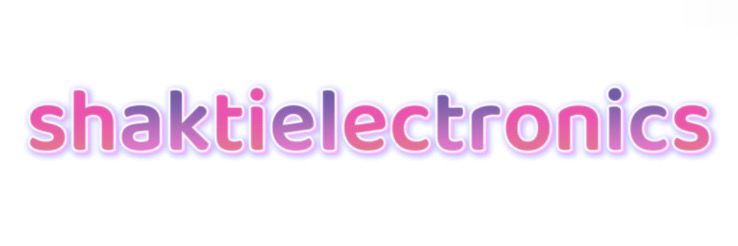FTTH Cabinet vs. Traditional Telecom Cabinets: Key Differences Explained
In the ever-evolving world of telecommunications, one debate that constantly arises is the comparison between FTTH (Fiber to the Home) cabinets and traditional telecom cabinets. As high-speed internet connectivity becomes increasingly essential in our daily lives, understanding these differences can help consumers, businesses, and service providers make informed decisions.
For more information, please visit ftth cabinet.
What is an FTTH Cabinet?
An FTTH cabinet serves as a critical component in the fiber optic network, facilitating the connection between the main infrastructure and individual subscribers. Designed specifically for fiber optics, these cabinets house various optical network devices, ensuring high-speed and reliable internet service directly to homes and businesses.
Understanding Traditional Telecom Cabinets
On the other hand, traditional telecom cabinets, often associated with copper wire systems, have been the backbone of telecommunication services for decades. These cabinets typically contain copper lines that deliver DSL or other legacy services. While they served their purpose in the past, they are becoming increasingly outdated in the face of burgeoning data demands.
Key Differences Between FTTH Cabinets and Traditional Telecom Cabinets
1. Technology and Speed
FTTH cabinets utilize advanced fiber optic technology, allowing for significantly faster data transmission rates. With capabilities reaching up to 10 Gbps and beyond, fiber optics provide higher bandwidth compared to the limited speed of traditional copper lines. In a world where streaming, gaming, and telecommuting have become the norm, speed is a critical factor.
2. Reliability and Performance
Fiber optics are less susceptible to environmental factors, such as weather and electromagnetic interference. As a result, FTTH cabinets deliver a more reliable and stable internet connection. In contrast, traditional telecom cabinets, with their copper wiring, can suffer from signal loss and degradation, especially over long distances. This reliability aspect can greatly affect user experience and productivity.
3. Installation and Maintenance
The design and setup of FTTH cabinets often require more technical expertise during installation. However, once installed, they generally demand less ongoing maintenance due to their durability and long lifespan. Traditional telecom cabinets, while easier to install initially, often incur higher maintenance costs and require regular updates and repairs.
4. Capacity and Scalability
As demand for internet services continues to skyrocket, scalability becomes a significant concern for telecommunications providers. FTTH cabinets can handle more connections and higher bandwidth efficiently. Conversely, traditional cabinets tend to reach operational limits more quickly, making upgrades cumbersome and costly.
5. Future-Proofing
Investing in FTTH technology is a forward-thinking choice for both providers and consumers. As cities evolve and digital demands grow, fiber optics stand as a robust solution for future connectivity needs. Traditional telecom cabinets may soon be obsolete, though they still serve some legacy markets.
Conclusion
In summary, the distinction between FTTH cabinets and traditional telecom cabinets reflects broader trends in technology and consumer behavior. With superior speed, reliability, and scalability, FTTH cabinets are paving the way for the future of telecommunications. While traditional cabinets played a vital role in the initial expansion of internet services, they may no longer meet the demands of today’s digital landscape. As we continue to embrace a world that thrives on connectivity, it’s clear that fiber optics are the path forward. Making the shift to FTTH can not only improve personal connectivity but also enhance overall network performance for businesses and communities alike.
Are you interested in learning more about telecom pedestal? Contact us today to secure an expert consultation!
292
0
0


Comments
All Comments (0)